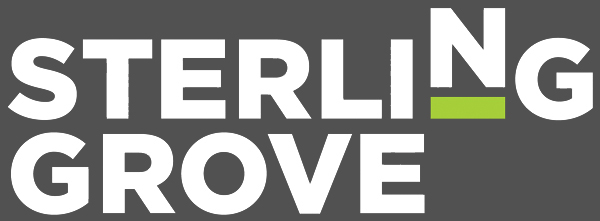Irrespective of the form of business in which you operate, if you are going to have employees, then you will have to contend with payroll taxes. If you are trading as a limited company, then remember that the directors are also employees.
This brief summary will provide you with some guidance in the rules and regulations of HMRC:
Do You Have Employees?
Whether an individual is an employee or not in a particular situation is a question of fact depending on the terms on which they work.
The question of whether an individual is employed or self-employed is very important for the business “employing” the individual, as that business has to comply with the reporting requirements.
The “employer” should not just accept that the worker says they are “self-employed”.
In certain areas HMRC has placed emphasis on reclassifying individuals claiming to be self-employed and has issued leaflet IR56 entitled “Tax: employed or self-employed”.
The booklet sets out the questions that should be answered to determine the problem.
The Operation of PAYE and Real Time Information
Most businesses operate a computerised payroll system these days and we can advise on the software to use if you wish to run the payroll yourself. Alternatively, we can prepare the payroll on your behalf if you provide us with employees’ hours, rates of pay and overtime on a timely basis each week or month.
A system of Real Time Information (RTI) has been introduced which will allow businesses to submit information electronically to HMRC every month.
This will in due course eliminate the need for annual end of year returns of wages and salaries.
You will need RTI-enabled software which is provided by several software companies.
Alternatively, where there are 9 or fewer employees you can use HMRC’s Basic PAYE Tools which can be downloaded from the HMRC website.
Pensions Auto Enrolment
Recent changes to Pensions legislation require all employers to provide a pension scheme for their employees. This “Auto Enrolment” is now an obligation for all businesses with exception of one-man band companies.
New Businesses will be required to auto enrol relevant employees as at the date that the business makes its first payment to the employees.
There are exceptions and additional procedures for businesses to follow so please contact us for further information.
For automatic enrolment there are minimum contributions you must pay in order to comply with your duties.
These are a percentage of earnings and from 6 April 2019 onwards the employer is required to contribute a minimum of 3% of the employee’s earnings with a total minimum contribution of 8%, i.e. 5% from the employee.
Your worker may also wish to pay additional pension contributions, which you will need to make sure you deduct and pay to the scheme on time.
Benefits in Kind
In most businesses, the directors, and often the employees, have benefits that are not immediately taxed through the PAYE system, the most usual being the provision of a car and possibly fuel. Class 1A national insurance contributions (currently 13.8%) are due on the taxable value of these benefits in kind and are due on the 19 July following the fiscal year in which the benefits are made available.
In addition, HMRC requires on an annual basis a form P11D (Return of expenses payments and benefits).
Payroll Software
If you plan to operate and process your own employee payroll there are various software packages available including the free software from HMRC “Basic PAYE Tools” referred to above.
Information about expenses and benefits for employers can be seen here:
https://www.gov.uk/employer-reporting-expenses-benefits/overview
You can obtain more details at the HMRC website:
https://www.gov.uk/topic/business-tax/paye
